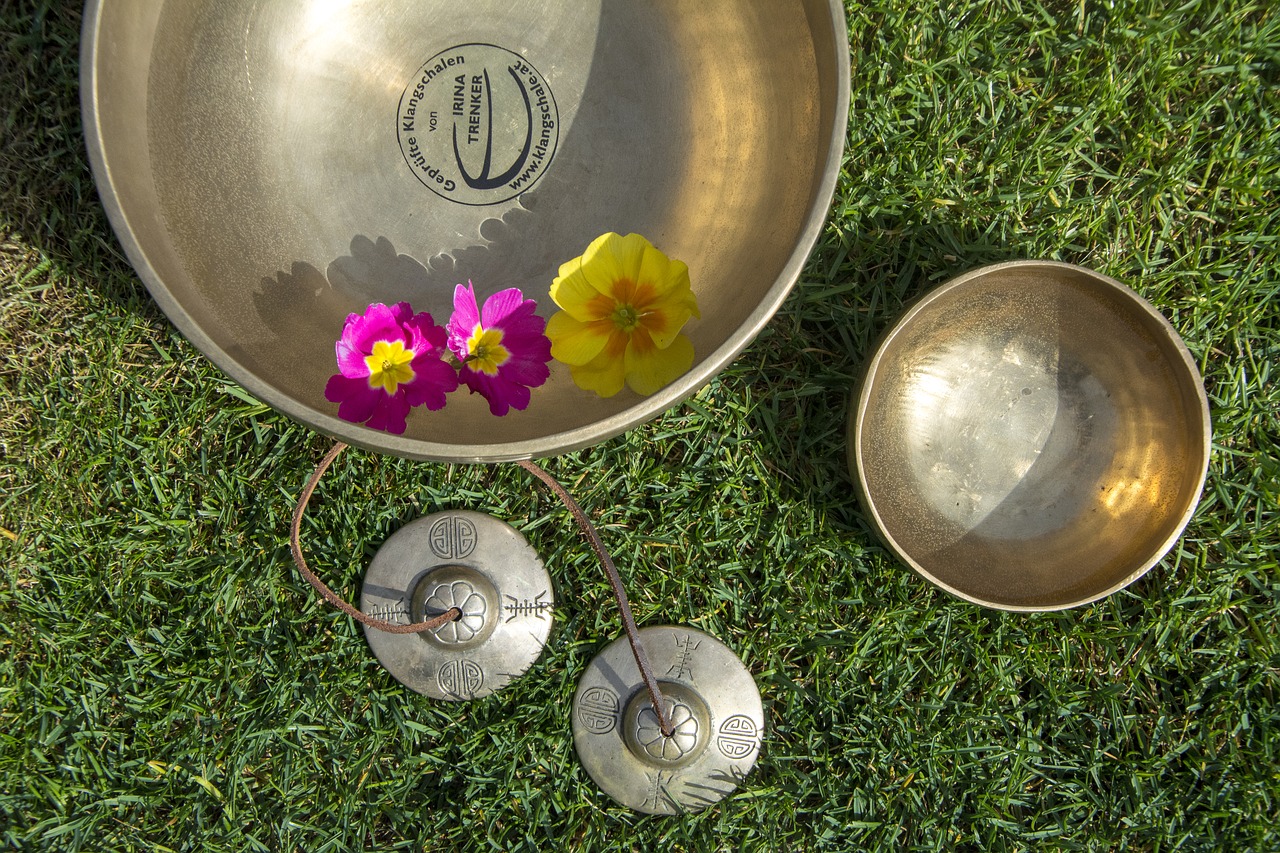Vata Dosha Explained
The Anxious Creative
What is the Vata dosha?
Our last post explained what it means to be aware of our ayurvedic dosha type, and why it’s important for us to remain balanced. If you’ve taken the tests you might now be aware if you’re Vata, Pitta, or Kapha type. If not, you can find out here.
This week we’re exploring what it means to be a Vata-dominant type!
Vata Dosha Attributes

Vata dosha is commonly associated with the element of wind
Those with a dominant Vata dosha tend to be energetic, light, flighty, anxious, and passionate. You might be prone to high spurts of energy and excitement, but also lows of fatigue and negative emotions – In other words, extremes are your speciality!
Vata types are susceptible to the cold and are likely to prefer to keep moving, with changeable, flighty dispositions. They sleep lightly and are prone to suffer from insomnia. While it’s common for Vata dosha types to change their mind and jump from project to project, wherever their mind and energy are focused at a given time will be sure to get their full and committed attention, as Vatas are known for their passion.
Common Disorders of Vata types
Imbalances in the Vata dosha can manifest themselves mentally as anxiety, depression, and insomnia or sleep-related disorders, while physically it appears as dry skin, joint pain, constipation or issues related to digestion, hypertension, and restlessness. Ayurvedic doctors and specialists will focus on these areas during consultations and use their findings to assess a suitable course of treatment, yet simply being aware of them ourselves can be a huge advantage.
Ways To Regulate Vata
Vata types will notice that adhering to a routine helps to balance them out, yet the ironic aspect of this is that the nature of the Vata dosha is to be changeable. They get disorientated with too much activity or external stimulation, and yet on the other hand they also bore very easily. This is why Vatas are possibly the most difficult to please of the three doshas, and require the most work to maintain a balanced state.
Diet & Nutrition
As the nature of Vata is to be light, flighty and changeable, most Vata types will maintain a slight or leaner body type. This means that the best fuel to balance this type out is heavier, grounding foods including starches, spices, and well-cooked root vegetables. There are a variety of publications and resources online to assist with ayurvedic cooking for your dosha type, but the main guideline for vata types to follow in terms of their diet is one of regulation. Small quantities taken more frequently throughout the day are more likely to benefit Vatas nutritionally, yet as everyone is different it can take a bit of trial and error to figure out what works best for you and your lifestyle.

Just some of the foods which help to balance the Vata dosha (pic: www.banyanbotanicals.com)
Lively Disposition
So long as Vata remains balanced, those with this dominant dosha will predominantly have a lively disposition and lean body. This lively, friendly external appearance is often difficult to maintain when (and it happens often) a Vata becomes unbalanced. Although very prone to self-doubt and anxiety, being aware of these tendencies can often be enough to help Vatas balance out elements of their lives that might not be beneficial to them.
While we all have an element of the Vata dosha within us and can usually relate to at least some of the traits described here from time to time, it’s funny that’ it’s often only when we suffer imbalances that our dominant dosha becomes evident to us. Those who find themselves manifesting traits of Vata either mentally or physically on a persistent basis should aim to engage with methods to counteract the imbalances through diet, lifestyle, and awareness to return them to a state of balance.
***
Read more from Jenny at Upward Facing Blog



